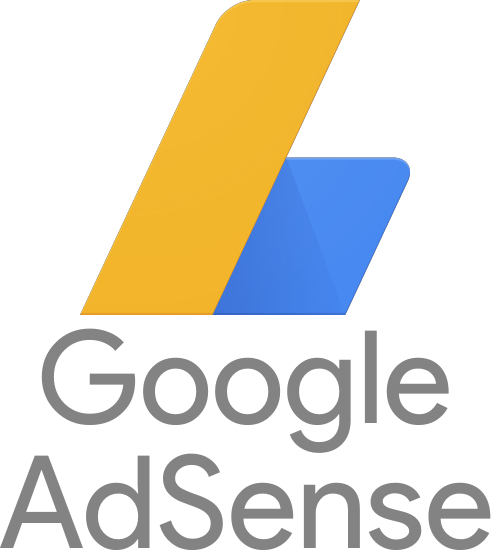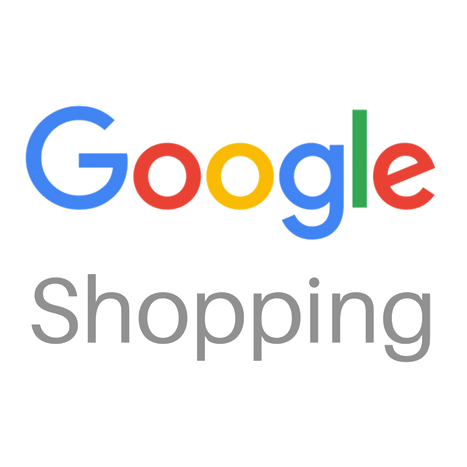How We Started A $12K/Month Marketing Agency For Ecommerce
Hello! Who are you and what business did you start?
Hi! I’m Zac and I’m one of the co-founders of Sidekick. We are a small “agency” (there’s really just two of us, myself and Brendan, the one who does all the hard work) specializing in data-driven web design and digital marketing for eCommerce businesses.
We’re heading into our second year of business and we’ve built up a clientele of awesome eCommerce entrepreneurs who sell everything from movie props to ethically-produced goods to Sichuan chili crisps and (almost) everything in-between.
Since May of last year, our business has grown from $0 to about $12,000/month in revenue.


Download the report and join our email newsletter packed with business ideas and money-making opportunities, backed by real-life case studies.

Download the report and join our email newsletter packed with business ideas and money-making opportunities, backed by real-life case studies.

Download the report and join our email newsletter packed with business ideas and money-making opportunities, backed by real-life case studies.

Download the report and join our email newsletter packed with business ideas and money-making opportunities, backed by real-life case studies.

Download the report and join our email newsletter packed with business ideas and money-making opportunities, backed by real-life case studies.

Download the report and join our email newsletter packed with business ideas and money-making opportunities, backed by real-life case studies.

Download the report and join our email newsletter packed with business ideas and money-making opportunities, backed by real-life case studies.

Download the report and join our email newsletter packed with business ideas and money-making opportunities, backed by real-life case studies.























